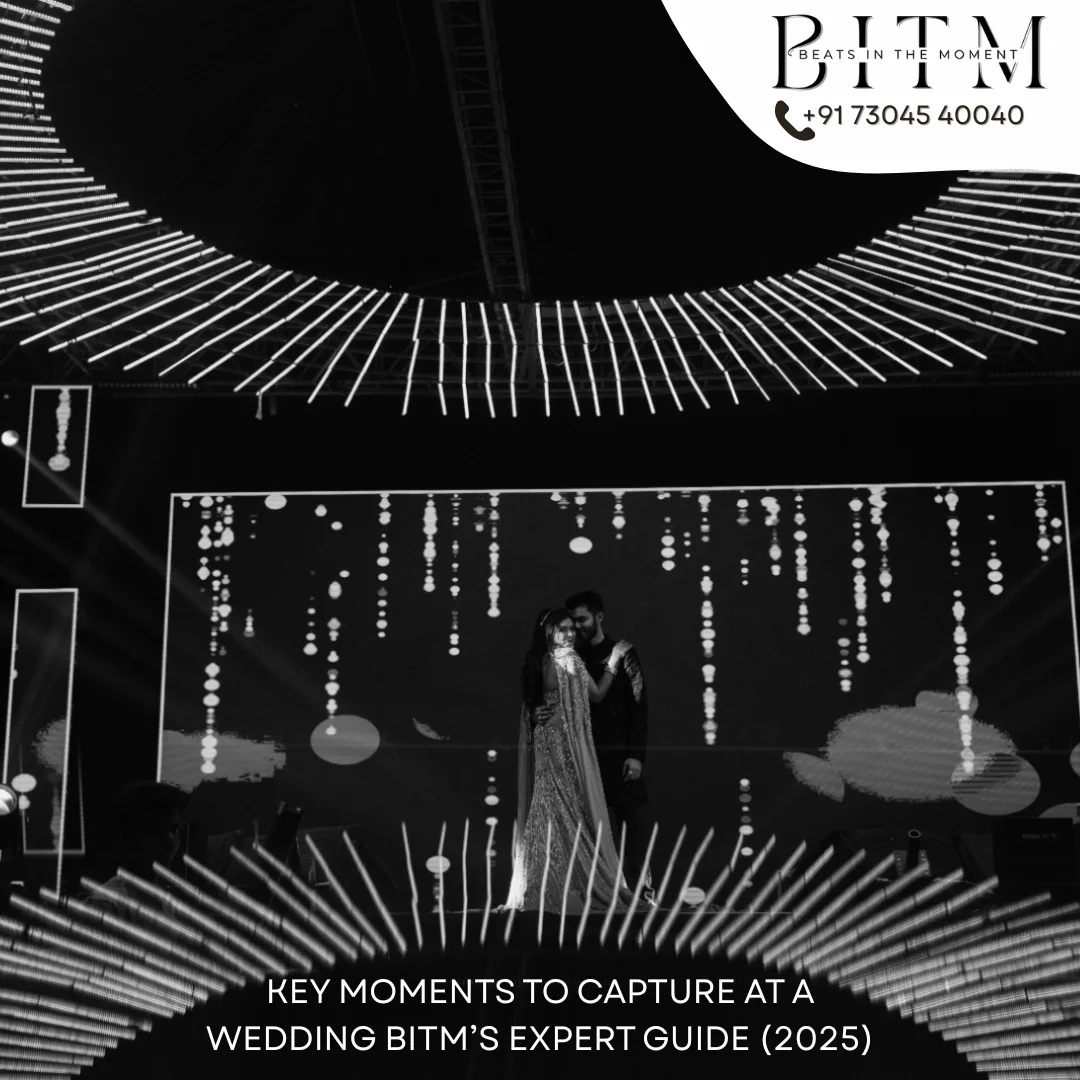Motion blur is one of the most expressive tools in a photographer’s kit. Used thoughtfully, it turns everyday movement into dynamic lines, silky water, streaking lights, and cinematic energy. Whether you want silky waterfalls, streaking car lights, or sharp subjects against blurred backgrounds (panning), this BITM Guide gives you research-backed technique, practical camera settings, gear recommendations, and post-processing tips so you can create consistent, eye-catching motion-blur images.
Why motion blur works (short, technical primer)
Motion blur happens when the camera’s shutter is open long enough for moving subjects to register across the sensor. The amount and appearance of blur depend on three primary factors: shutter speed, subject speed/direction, and camera movement (intentional or not). To control the effect you want, treat shutter speed as your main creative slider. Adobe’s practical guides and multiple photography authorities confirm: slower shutter = more blur; match shutter speed to the subject’s motion and light available to get predictable results.
Core techniques (what to try first)
1. Long-exposure blur (stopping motion into streaks)
Best for water, clouds, crowds, and light trails. Use a tripod, low ISO, small aperture, and — in daylight — an ND filter to reach long shutter speeds without overexposure. For silky waterfalls you’ll typically use 1/4 to 5 seconds (or longer for very smooth results). ND filters (6-stop, 10-stop) let you extend exposures in bright conditions. Guides from Visual Wilderness and PolarPro explain ND selection and exposure workflow in detail.
2. Panning (keep the subject sharp, blur the background)
Panning creates a dynamic sense of speed: keep your camera moving with the subject while using a relatively slow shutter. Start with 1/60 to 1/125s for cars and motorcycles, slower (1/30s) for bicycles and runners, and adjust to taste. The key is smooth motion and consistent tracking — practice is essential. PhotographyLife and B&H offer step-by-step panning exercises and shutter-speed recommendations.
3. Intentional Camera Movement (ICM)
Move the camera intentionally (vertical, horizontal, or rotational) during exposure to create abstract swirls and painterly effects. Start with 1/4 to 1 second and experiment. This technique is creative and unpredictable — ideal for impressionistic landscapes and experimental portraits.
Practical camera settings (starter table)
Use these as starting points; adjust for light, subject speed, and taste.
| Subject / Effect | Shutter Speed | Aperture | ISO | Stabilization | Notes |
|---|---|---|---|---|---|
| Flowing water (silky) | 0.5s – 5s | f/8 – f/16 | 100 | Tripod | Use ND filter in daylight. |
| Light trails (cars) | 1s – 30s | f/8 – f/16 | 100 | Tripod | Bulb mode for very long exposures. |
| Panning — cars | 1/60 – 1/125s | f/5.6 – f/11 | 100–400 | Handheld (or monopod) | Track smoothly, focus mode AF-C. |
| Panning — cyclists | 1/30 – 1/60s | f/5.6 – f/11 | 100–400 | Handheld | Open aperture if light is low. |
| ICM / abstracts | 1/4 – 1s | f/5.6 – f/11 | 100 | Tripod optional | Try different camera motions and speeds. |
Tip: Always shoot RAW — you’ll retain more tonal and color information for post-processing.
Gear checklist (what to bring)
-
Tripod (rock-solid for long exposures).
-
Neutral Density (ND) filters (3-stop, 6-stop, 10-stop) for daytime long exposures. Visual Wilderness
-
Circular polarizer (reduces glare, deepens skies — helpful for waterfall scenes).
-
Remote shutter release / camera’s timer (avoid touch-induced shake).
-
Monopod for easier panning with stability and freedom of movement.
-
Lens choices: wide-angle for landscapes/waterfalls; telephoto for compressed panning shots.
How to control exposure in bright light
Long shutter speeds let in a lot of light — use the following in bright conditions:
-
Use a strong ND filter (6–10 stop) to reduce exposure.
-
Lower ISO to base (ISO 100).
-
Close aperture (f/8–f/16) for longer exposures and greater depth of field.
-
If needed, switch to bulb mode and use a remote shutter for multi-second exposures.
Panning: step-by-step workflow
-
Choose a predictable subject (bike, runner, car).
-
Set camera to Shutter Priority (Tv/S) or Manual; start around 1/60s.
-
Use continuous autofocus (AF-C) and continuous drive.
-
Track the subject smoothly from before entering frame to after leaving, and press the shutter mid-track.
-
Review, adjust shutter speed, and repeat until you get a sharp subject with blurred background. Practice is the secret here.
Composition & storytelling with motion blur
-
Combine stillness + motion: keep a stationary subject sharp while the environment streaks past.
-
Use leading lines of motion to guide the viewer’s eye.
-
Balance blur direction with subject direction (diagonal blur often reads as more dynamic).
-
Consider color & contrast — neon lights and twilight boost drama for urban light trails.
Post-processing tips
-
Use Selective sharpening on the subject (masking) to preserve intent.
-
Adjust clarity and dehaze conservatively — heavy clarity can re-introduce unwanted detail into blurred areas.
-
For streak clean-ups, use content-aware healing for sensor spots or unwanted bright artifacts.
-
If you need extra streaking, subtle motion blur filters (in Photoshop) can amplify directionality — use sparingly.
Common mistakes and how to avoid them
-
Too short a shutter — not enough blur; reduce shutter speed.
-
Camera shake on long exposures — use tripod + remote shutter + mirror lockup if available.
-
Overexposure in bright light — add stronger ND or stop down aperture.
-
Poor panning technique — practice smooth body/hip rotation and keep follow-through after pressing the shutter.
Safety & legal considerations
When shooting roadside panning or long-exposure viewpoints, prioritize safety: stay off the road shoulder, use sidewalks or safe viewpoints, follow local rules for night photography, and avoid setting up tripods where you obstruct foot traffic or emergency access.
Quick experiment checklist (try this shoot)
-
Sunrise waterfall: tripod, ND 6-stop, ISO 100, f/11, start at 1s, bracket exposures.
-
City light trails: tripod, bulb mode, f/8, ISO 100, 10–30s exposures.
-
Bike panning: 1/30s, continuous AF, smooth follow-through.
Final thoughts — craft over gimmick
Motion blur is not a trick; it’s a storytelling choice. The best motion-blur images show intent: the shutter speed, direction of blur, and composition all reinforce the photo’s narrative. Use this BITM Guide as your practical starting blueprint — experiment, practice, and build a small library of settings that work for your camera, lenses, and preferred subjects.
More Blogs :- Click Here








